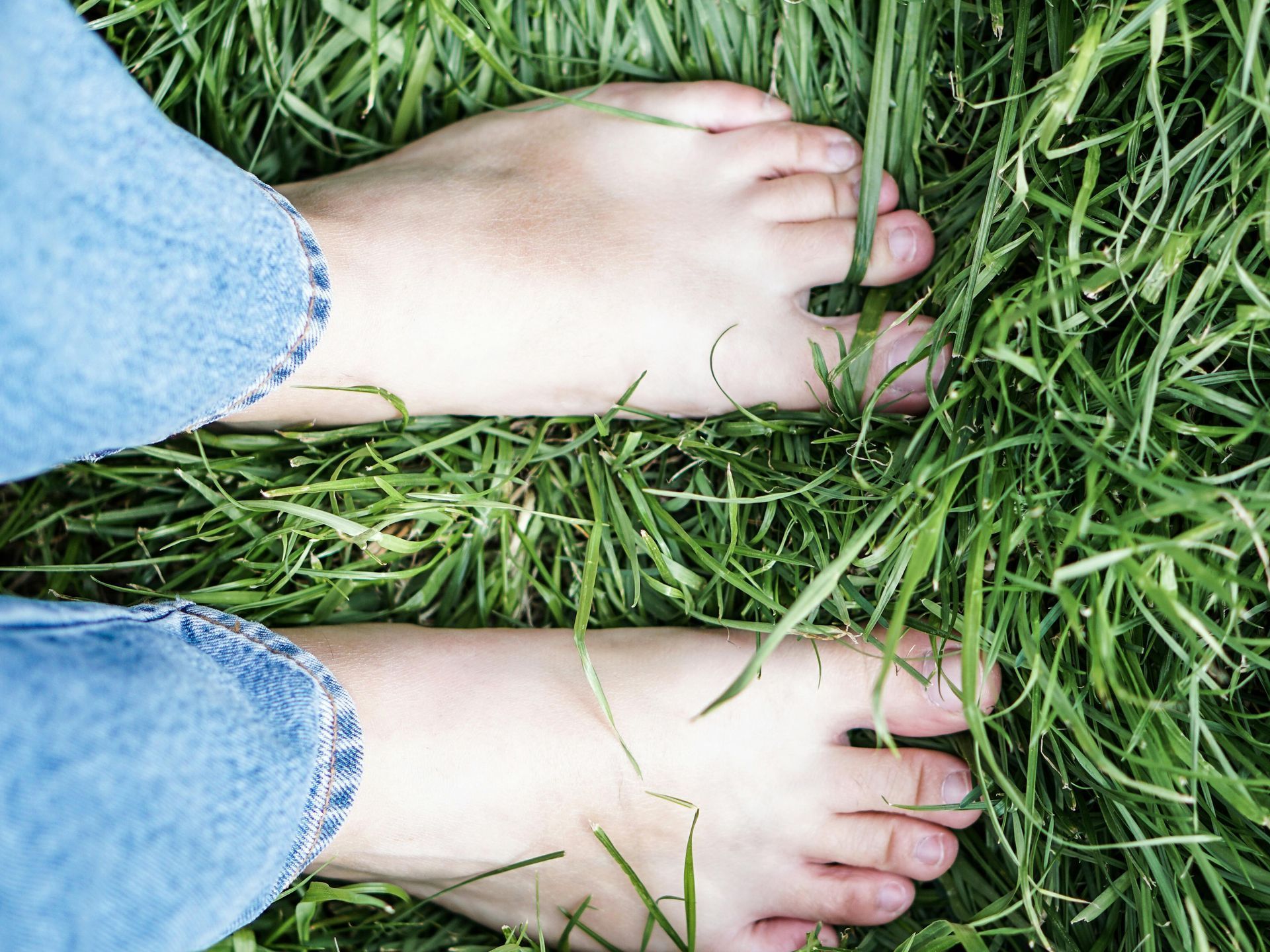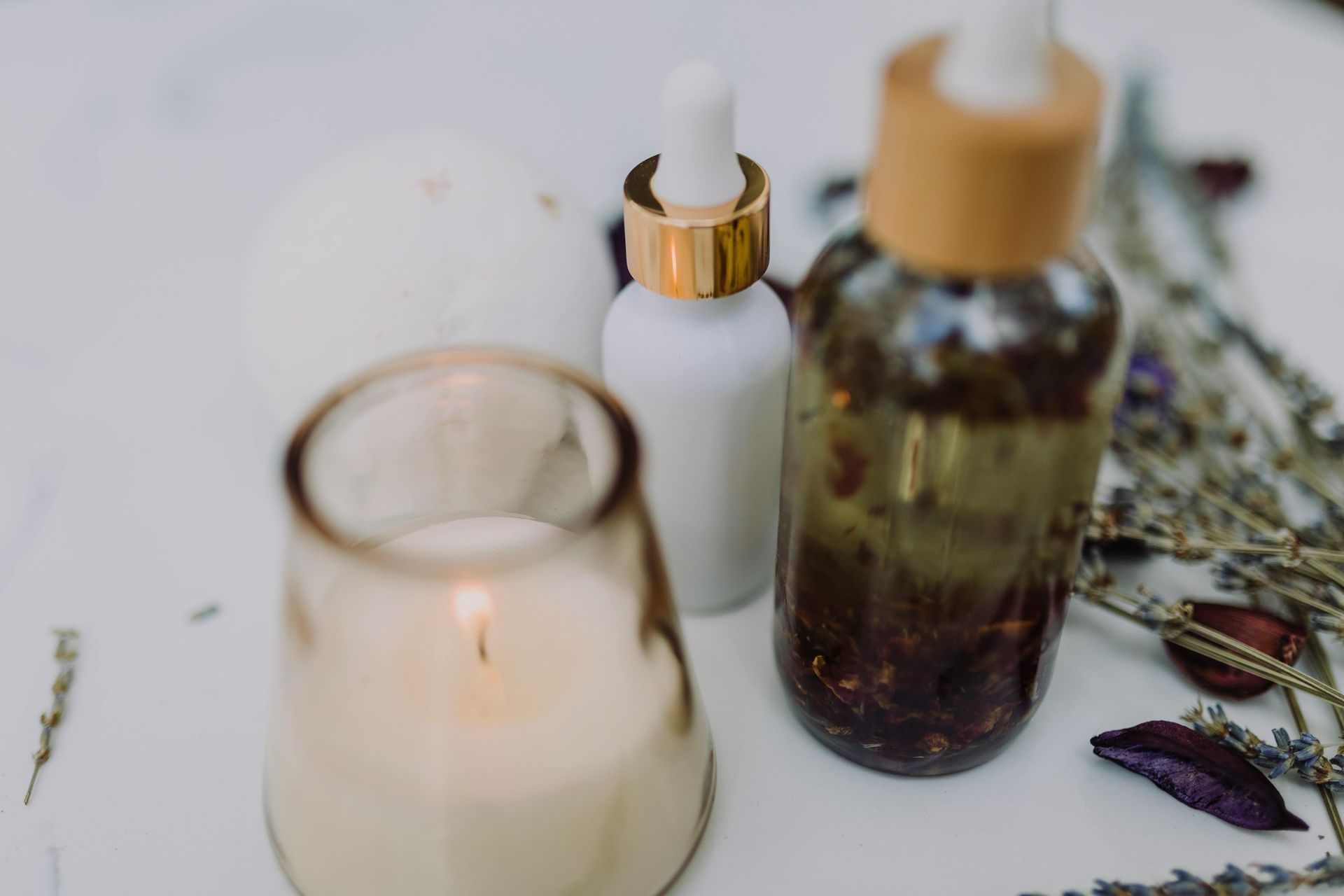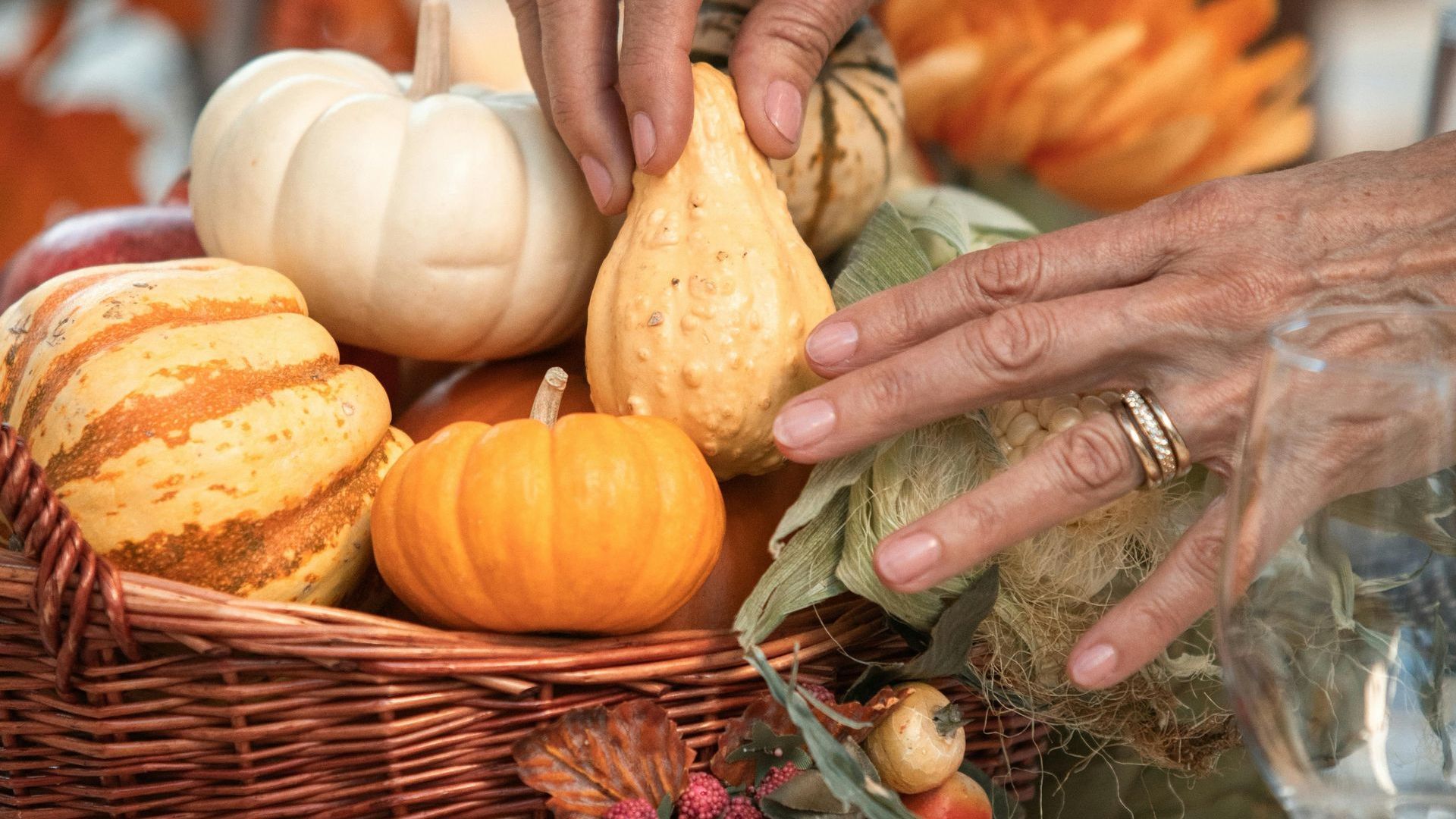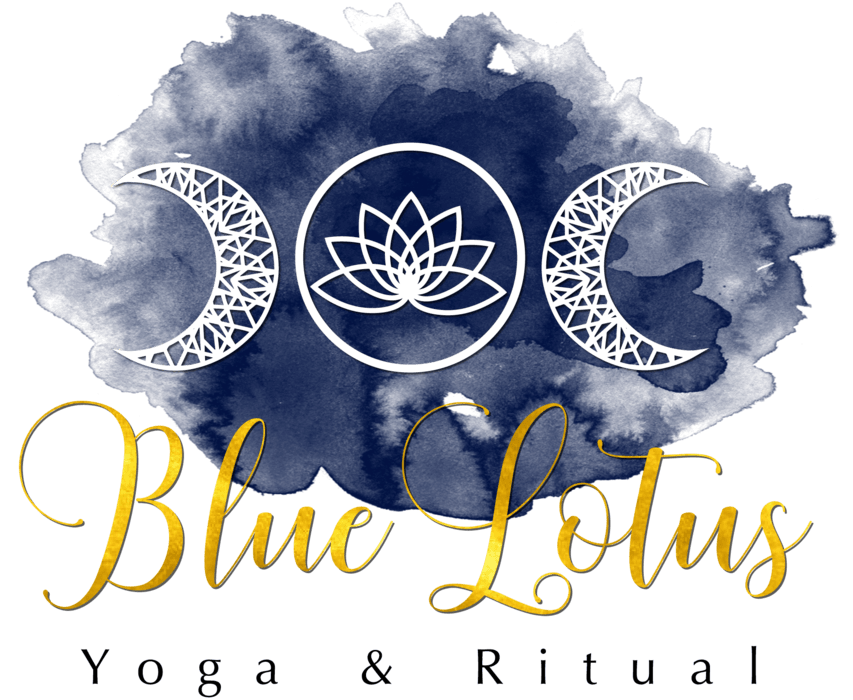Love Your Gut
& Understand Your 'Small Brain'

For a long time we have known that our brain controlled the gut and it's functions, but, now there is even more evidence that our our gut affects our emotional state too.
When we think about our gut we usually automatically think about how we digest food in our stomach but its actually inside the large colon, where there are trillions of micoorganisms (viruses, bacteria and fungi)
and most of these live on the inner surface of our intestines, that is really important. Research from the University College in Cork found that low levels of these gut microbes raised levels of anxiety whilst higher amounts lowered it.
The gut also has 100 million nerve cells and contains lots of neurotransmitters associated with our mood. I'm sure we've all experienced feelings in our tummy (butterflies, knots, tightness etc)
and of course, there's the famous expression of 'gut reaction'.
Often we base our decisions on our gut then rationalise them in our brain and as the gut is the home for the nervous system in the intestines, this communication pathways is often referred to as gut brain interaction where signals are transmitted through the axis between the two.... Small brain being the gut and big brain being the actual brain.
The great news is that we can alter the conditions of our gut microbiome with simple steps that may help to calm anxiety.
From a yogic perspective the lower gut is reflective of the emotional body and when there is stagnation of the Apana Vayu (downward flow of energy)
this results in stagnation of energy and manifests into feelings of frustration, irritation, feeling isolated and separateness, and again this has the potential to increase feeling of anxiety as well as create physical blockage and distention.
So in our yoga practice we want to prevent this cut off from the sacral energy. My teacher, Tias Little,
describes this as being able to 'unlock the trap door of the true pelvis and allow energy to rise'
.
We need to learn and understand how to relax the upper abdomen and engage the lower abdomen so that we irrigate the entire lower pelvic region and avoid energetic and physical stagnation. This will then support conditions such as prolapse , fibroids, constipation, IBS and soothe agitation in the nervous system.
Join me for the Love Your Belly
workshop to learn the tools to help you practice this!
If you can't make the work shop here's some other integrations to help you love your gut!!!!
- Try to eat 30 different plant based foods every week (I know this seems like a lot but it do-able. Remember you can count spices, herbs, tea, coffee...even chocolate counts!!!)
- Minimise processed foods
- Increase fermented foods like kefir, kombucha, sauerkraut, miso and kimchi - See recipe below!!!
- Add in probiotics either with live plain yoghurt or a supplement such as Lactobacillus and bifidobacterium.
- Avoid unnecessary antibiotics
- Avoid toxins like alcohol
- Get good rest.... Studies show that better quality sleep is linked to greater diversity of gut microbiota
2kg red cabbage finely shredded
1 tbsp sea salt
1 tsp fennel or caraway seeds
1 Large sterilised jar
1. Pop all ingredients into a bowl and massage together with your hands
2. Now pound the mixture with the end of a rolling pin or pestle for about 5-10 mins until lots of water is released.
3. Spoon the cabbage into the jar, a little at a time, squashing it down so its tightly packed.
4. Make sure the cabbage is immersed under the water or it wont ferment. Secure lid and leave for 3-16 days in the kitchen. Go longer is your prefer to ferment in the fridge!












